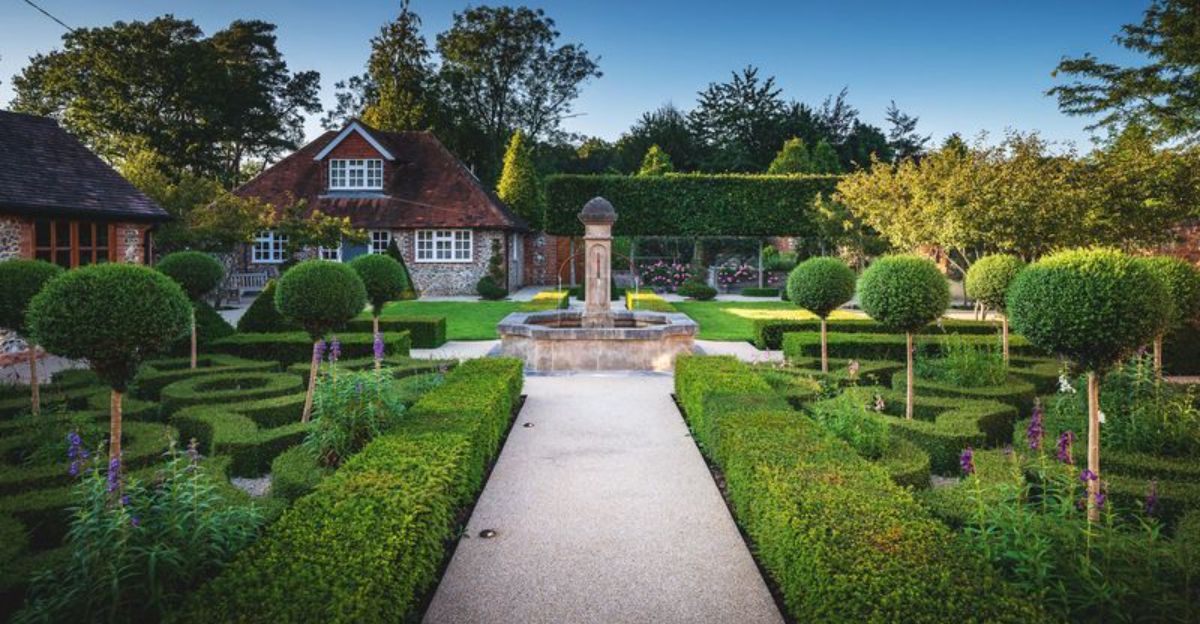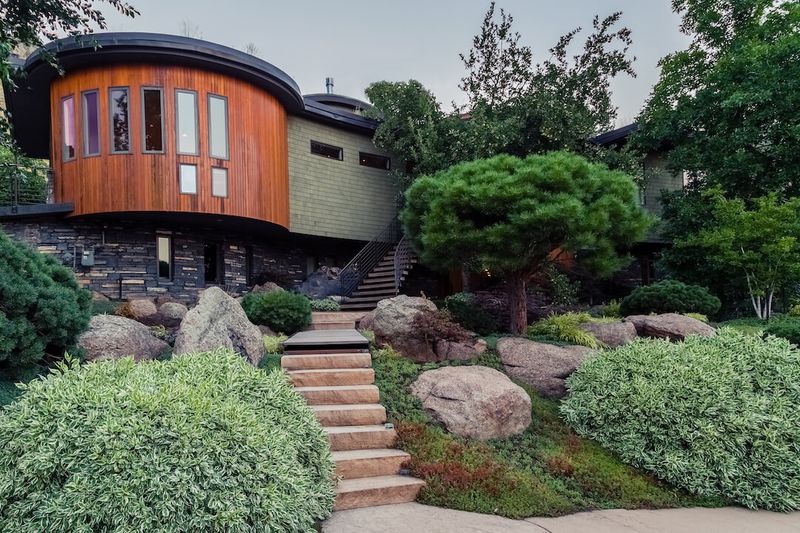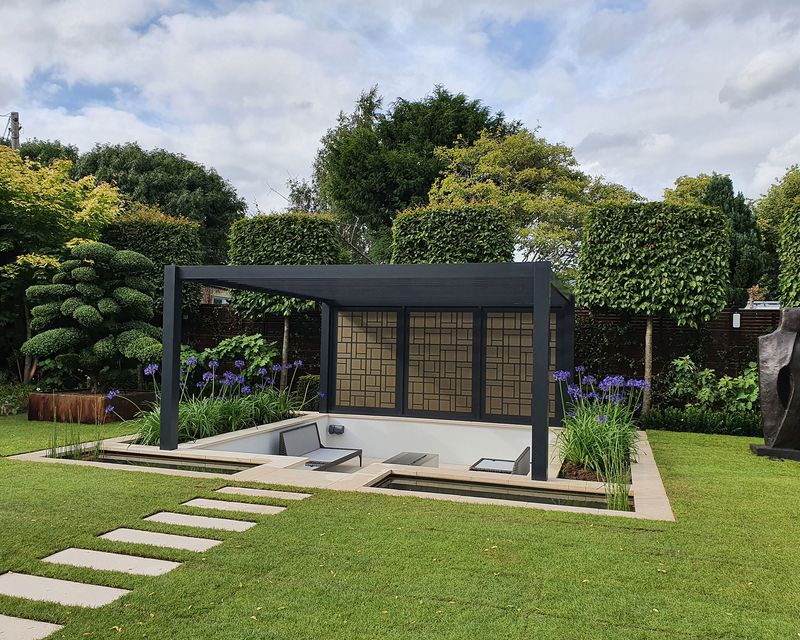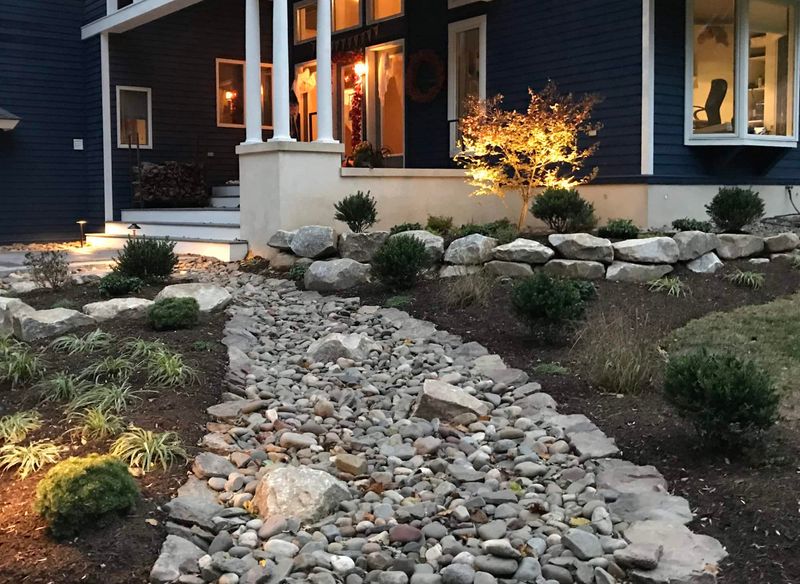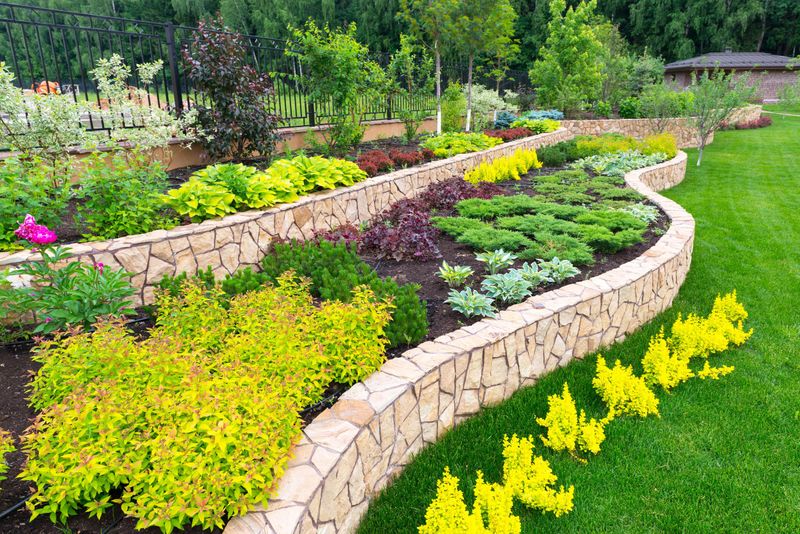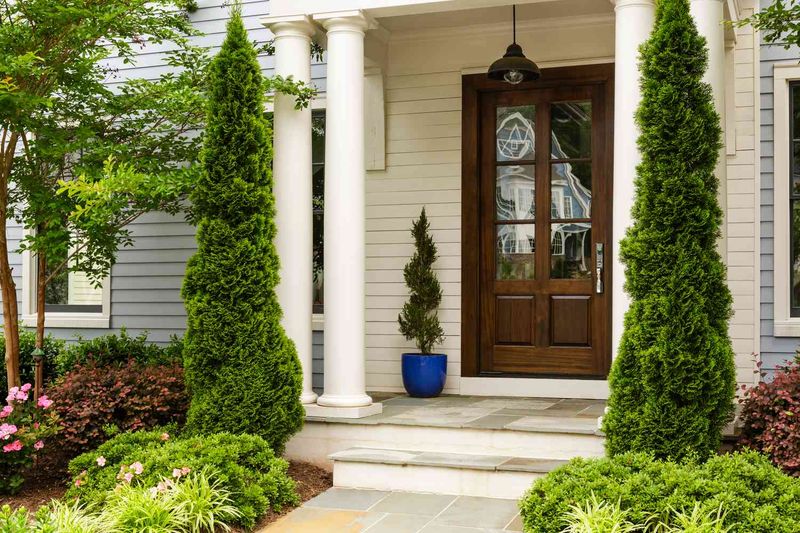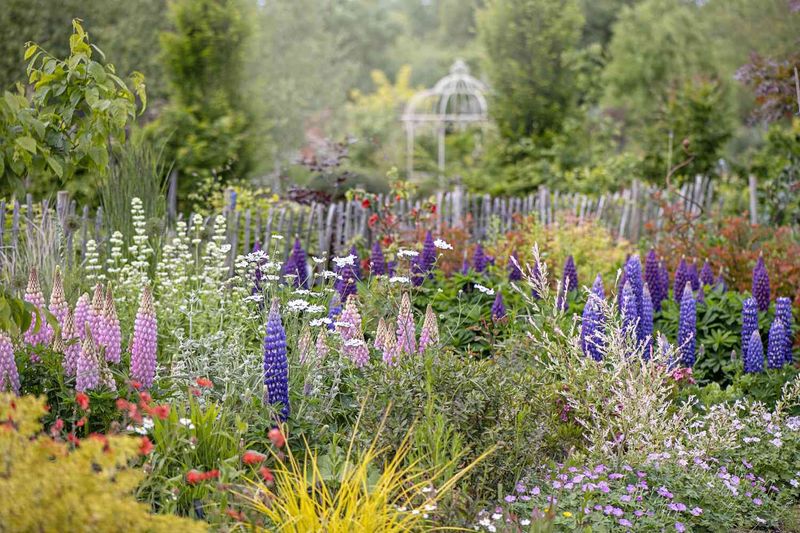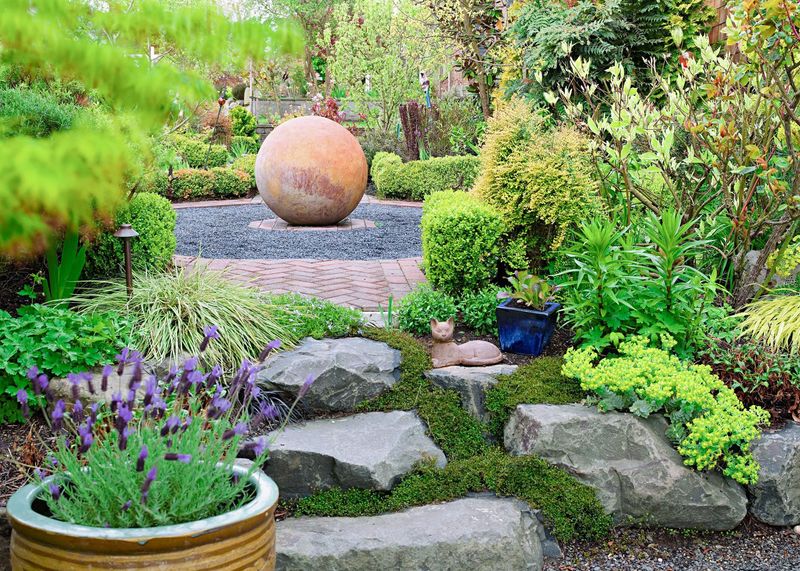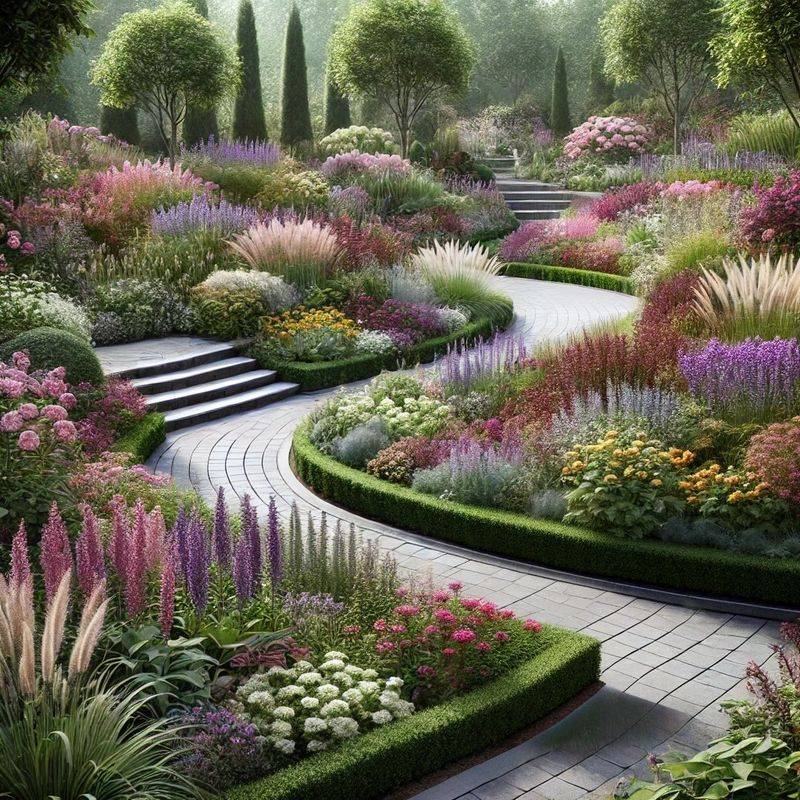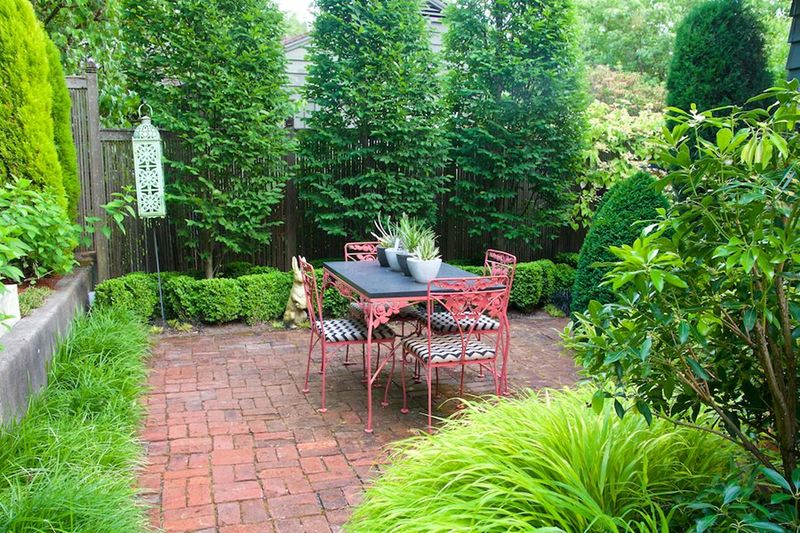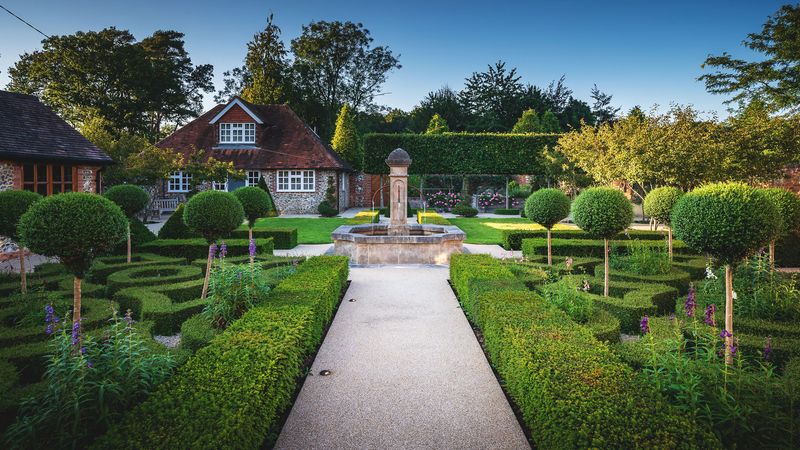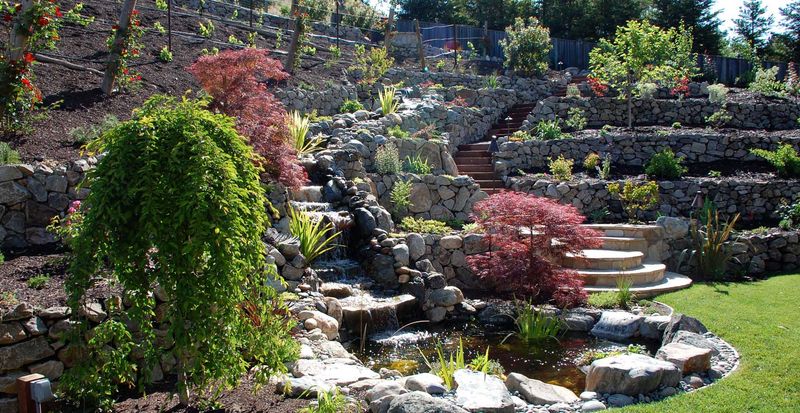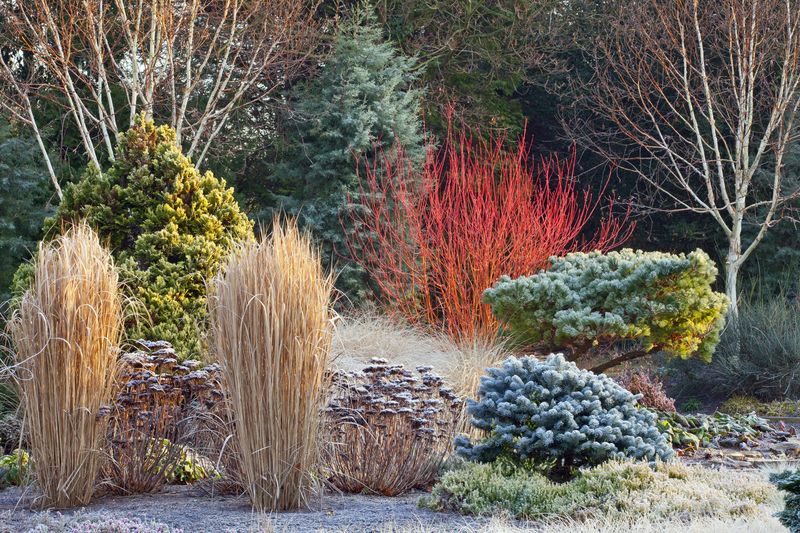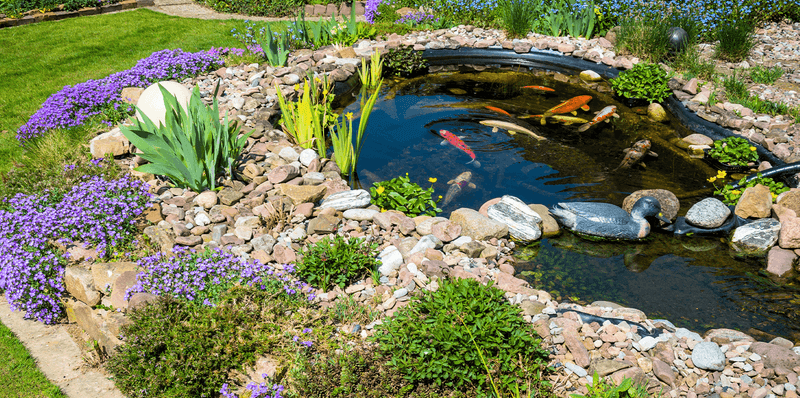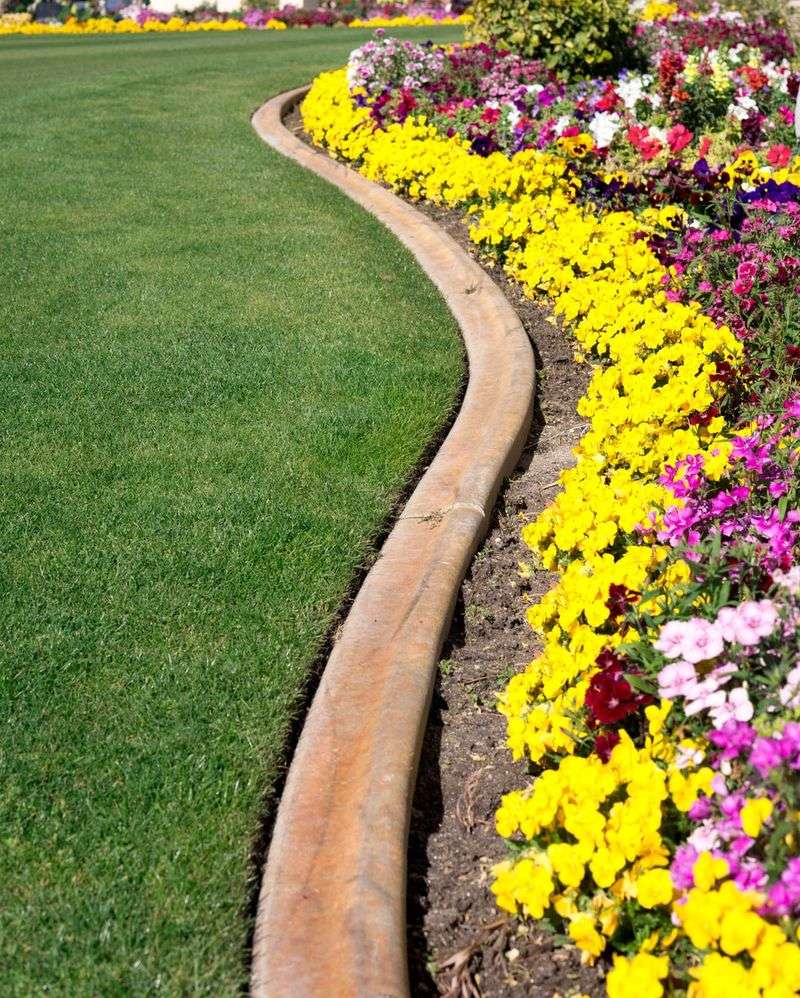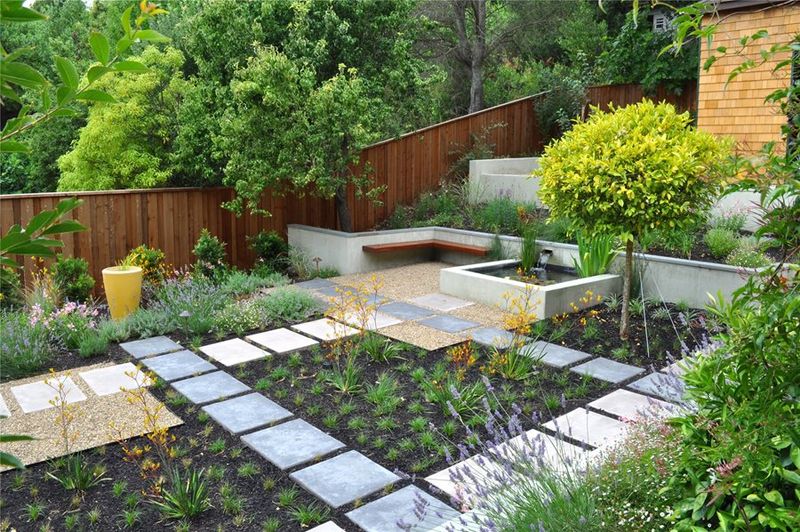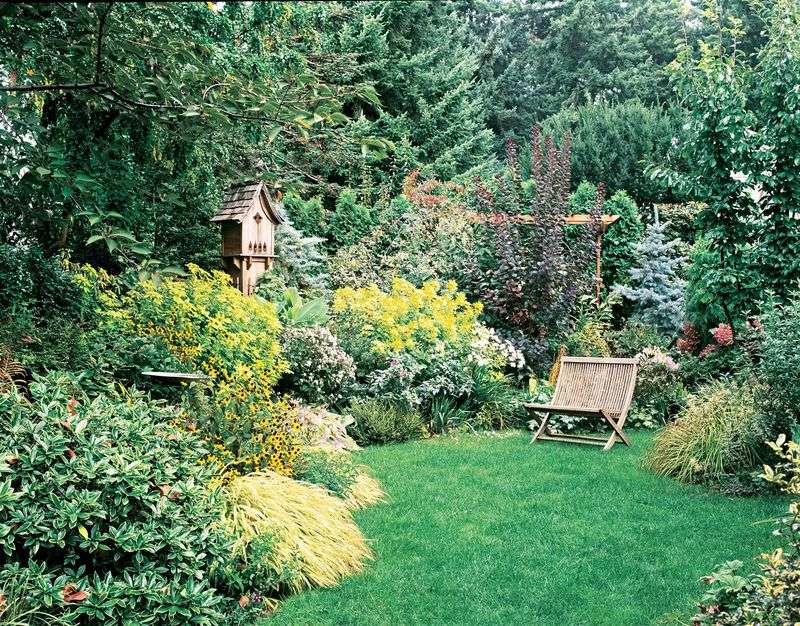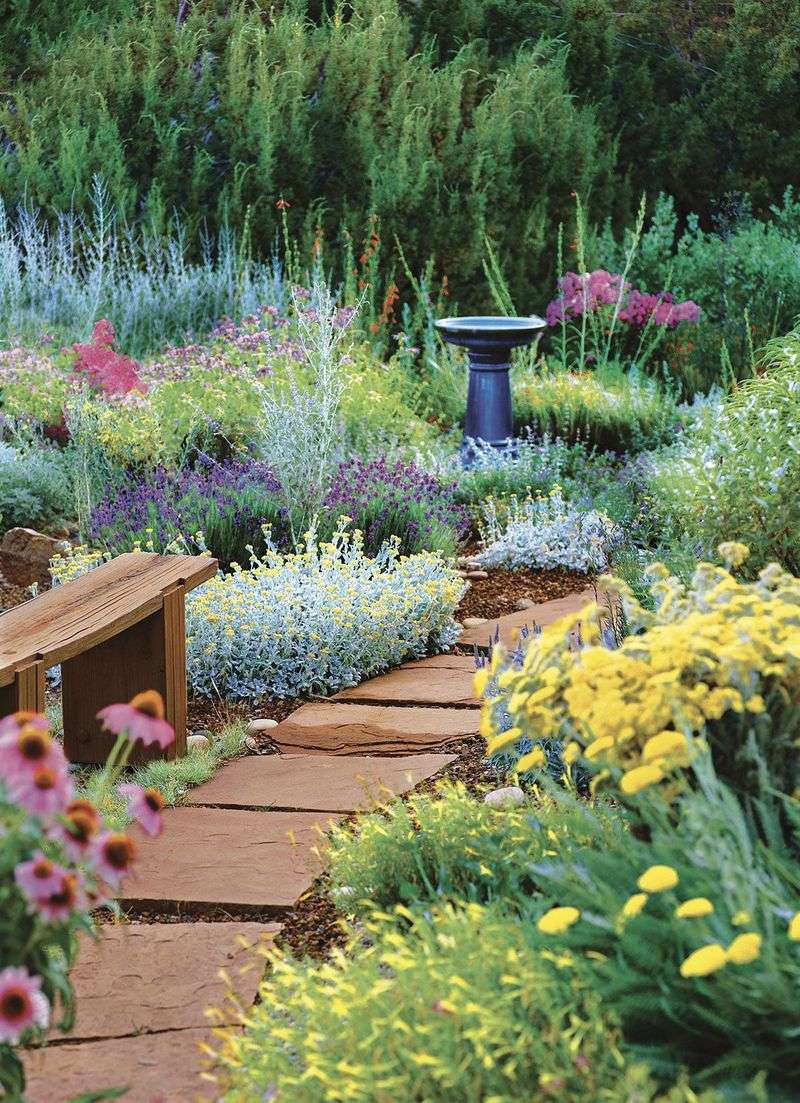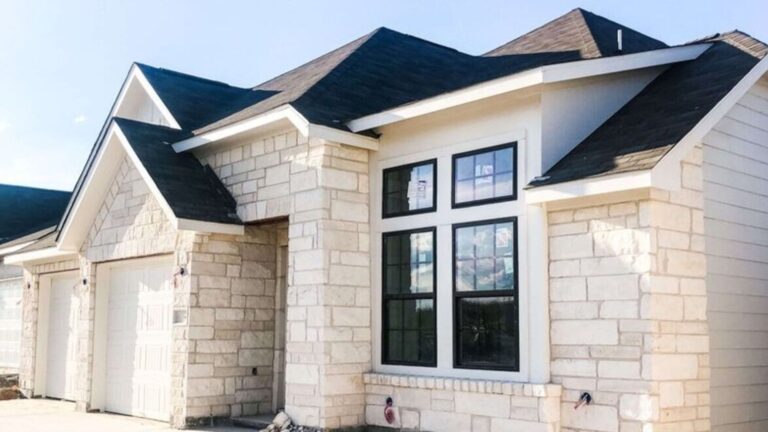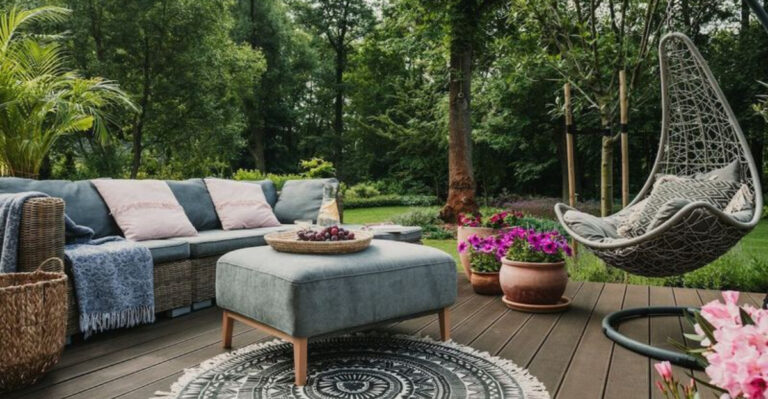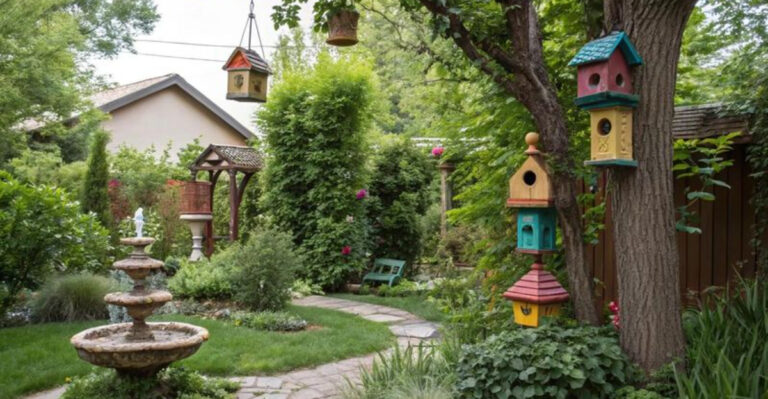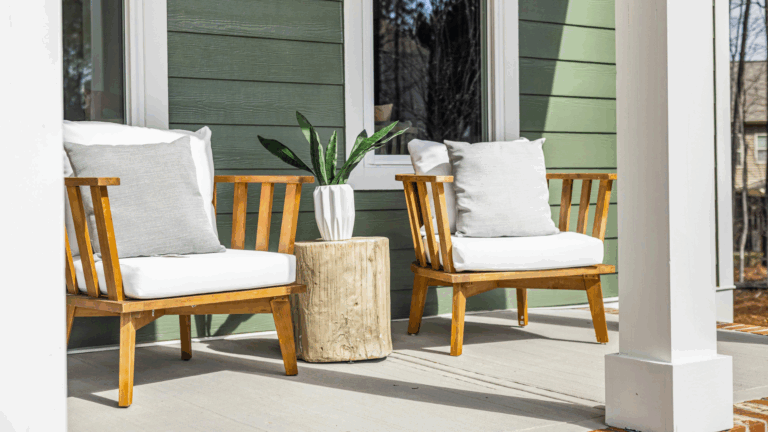20 Landscaping Tips For All House Styles
Great landscaping isn’t one-size-fits-all—it’s the art of making your home look like it belongs exactly where it is.
Whether you live in a modern build, a cottage, a grand colonial, or anything in between, the right outdoor design can elevate your curb appeal and tie everything together. It’s not just about plants and pathways – it’s about creating a mood, framing your home, and adding year-round beauty.
These 20 landscaping tips are tailored to complement every house style, helping your outdoor space feel intentional, inviting, and uniquely yours.
1. Match Plants To Your Architecture
Ever noticed how some houses just look “right” with their landscaping? The secret lies in choosing plants that complement your home’s architectural style.
Victorian homes shine with formal hedges and rose gardens, while desert-modern designs pop with sculptural succulents and ornamental grasses. Mid-century homes benefit from bold tropical plants with dramatic shapes.
The harmony between building and garden creates a cohesive, thoughtful appearance that feels intentional rather than random.
2. Create Defined Outdoor Rooms
Just as your home has different rooms for various activities, your yard can too! Carving your landscape into distinct zones maximizes both functionality and visual interest.
Use hedges, pergolas, or changes in hardscaping materials to separate dining areas from play spaces or meditation gardens. Each “room” should have a clear purpose and appropriate features.
This approach works brilliantly for properties of any size—even small yards benefit from thoughtful division that creates a sense of journey and discovery.
3. Balance Hardscaping With Greenery
Finding that sweet spot between paved surfaces and planted areas makes all the difference in creating a welcoming landscape. Too much concrete feels sterile, while excessive planting can seem wild and unkempt.
For every hardscaped element you add—patios, walkways, retaining walls—incorporate proportional softscaping with trees, shrubs, and flower beds. The contrast between structured hardscaping and natural plantings creates visual tension that’s pleasing to the eye.
This balance works for any architectural style from traditional to ultra-modern.
4. Install Proper Drainage Solutions
Beneath all the pretty plants and patios lies the unsung hero of successful landscaping: proper drainage. Without it, even the most beautiful yard becomes a soggy, plant-killing mess!
French drains, dry creek beds, rain gardens, and proper grading direct water away from your home’s foundation while adding interesting landscape features. Many drainage solutions can be disguised as decorative elements.
This practical consideration protects your investment while preventing erosion, standing water, and basement flooding—essential for homes of any style or age.
5. Layer Your Plantings
Picture the most enchanting gardens you’ve seen—chances are they featured plants of varying heights creating visual interest at every level. This layering technique works magic in landscapes of any size.
Start with tall trees as the backbone, add medium-sized shrubs, then incorporate perennials, and finally, ground covers. Each layer serves a purpose: trees provide structure, shrubs add mass, perennials offer seasonal color, and ground covers unify the design.
6. Frame Your Entryway
First impressions matter! Your home’s entrance tells visitors what to expect before they even step inside.
Symmetrical plantings like matching topiaries or flowering shrubs create formality perfect for traditional homes. More casual styles benefit from asymmetrical but balanced arrangements that guide the eye to the door. Don’t forget vertical elements—climbing plants or architectural features that draw attention upward.
Whatever your home’s style, the entrance landscaping should feel like a warm welcome, inviting guests to approach and discover what’s beyond the threshold.
7. Incorporate Year-Round Interest
Wouldn’t it be wonderful to look out your window and see something beautiful every single day of the year? With thoughtful planning, your landscape can deliver exactly that!
Mix evergreens for winter structure, spring-flowering trees and bulbs, summer perennials, and plants with fall color or interesting seedheads. Don’t overlook bark texture, berry-producing shrubs, and ornamental grasses that shine in winter.
8. Add Focal Points
What’s the first thing that catches your eye when you look at a landscape? If nothing stands out, you’re missing the power of focal points!
Strategic placement of eye-catching elements—specimen trees, water features, sculpture, or architectural structures—creates visual anchors that organize your entire landscape. These standout features should complement your home’s style while expressing your personality.
9. Choose A Cohesive Color Palette
Color has the power to evoke emotion, create atmosphere, and unify your entire property. The most pleasing landscapes don’t happen by accident—they’re carefully orchestrated color symphonies!
Select a limited palette that complements your home’s exterior colors. Cool blues and purples recede and create calm, while warm reds and yellows advance and energize. Monochromatic schemes (variations of one color) create sophisticated, elegant landscapes.
10. Plan For Privacy
Imagine enjoying your morning coffee in a secluded garden nook, completely shielded from neighbors’ curious eyes. Strategic privacy planning makes this possible!
Layered plantings of trees and shrubs create natural screens that feel less fortress-like than walls or fences. Mixed hedges combining deciduous and evergreen plants offer year-round screening with seasonal interest. For immediate privacy, consider lattice panels with climbing vines or tall ornamental grasses.
11. Scale Your Garden To Your Home
Have you ever seen tiny plants lost against a massive house, or oversized trees dwarfing a small cottage? Proper scaling prevents these awkward mismatches!
Large homes need substantial landscaping elements—mature trees, wide beds, and bold groupings—to appear proportional. Smaller homes shine with appropriately scaled plants and more intricate details that complement rather than overwhelm the architecture.
12. Integrate Sustainable Practices
Going green isn’t just good for the planet—it creates lower-maintenance, more resilient landscapes that look better longer! Smart sustainability starts with working with nature, not against it.
Incorporate rain barrels to harvest water, create rain gardens to manage runoff, and choose native plants adapted to local conditions. Group plants with similar water needs together to prevent waste and plant stress.
13. Light Your Landscape
When the sun goes down, does your beautiful landscape disappear into darkness? Strategic lighting extends your enjoyment while highlighting your home’s best features after dark.
Uplighting accentuates trees and architectural elements, path lights ensure safe navigation, and moonlighting (lights placed high in trees) creates natural-looking illumination. Modern low-voltage LED systems are energy-efficient and easy to install.
14. Create All-Season Structure
What happens to your garden when winter strips away the flowers and foliage? Without good bones, many landscapes become barren and uninspiring during dormant months.
Incorporate structural elements that look good year-round: evergreens, interesting hardscaping, garden ornaments, and plants with winter presence. Deciduous trees with distinctive branching patterns or colorful bark become winter sculptures when leaves drop.
15. Incorporate Water Features
Nothing transforms a garden quite like the magical presence of water! The sound of gentle splashing creates instant tranquility while attracting birds and beneficial wildlife to your yard.
Options range from simple birdbaths to elaborate ponds and everything in between—wall fountains, bubbling urns, or stream-like water channels. Choose a style that complements your home’s architecture and your landscape’s scale.
Even small spaces can accommodate water features, bringing movement, sound, and reflective qualities that no other landscape element can provide.
16. Define Edges Clearly
Sharp, clean edges make the difference between an amateur-looking yard and a professionally designed landscape. Think of edges as the frame that showcases your garden’s beauty!
Use stone edging, steel borders, or properly maintained trench edges to create clear boundaries between lawn and planting beds. Well-defined pathways with distinct borders guide movement through the landscape while adding structure.
17. Design For Easy Maintenance
Wouldn’t it be wonderful to spend more time enjoying your yard and less time maintaining it? Smart design choices from the beginning can make this dream a reality!
Group plants with similar needs together, install efficient irrigation systems, and use mulch generously to suppress weeds and retain moisture. Choose appropriate plants for your climate that won’t require constant babying to survive.
18. Consider Seasonal Changes
Gardens are never static—they’re constantly evolving performances that change with the seasons. Successful landscapes acknowledge and celebrate these natural transitions!
Plan for seasonal highlights: spring bulbs, summer flowers, fall foliage, and winter interest. Consider how views from key windows will change throughout the year, ensuring something beautiful is always visible.
This dynamic approach keeps your landscape fresh and engaging year-round, with new discoveries awaiting as each season unfolds rather than a single-season display that fizzles quickly.
19. Create Outdoor Living Spaces
Why limit your living area to the indoors when your yard can become an extension of your home? Thoughtfully designed outdoor rooms expand your usable space and enhance your lifestyle.
Patios, decks, and pergolas create the framework, while comfortable furniture, outdoor kitchens, and fire features add functionality. Surrounding these hardscaped areas with appropriate plantings softens edges and creates atmosphere.
20. Plan For Growth And Change
Gardens are living entities that evolve over time—sometimes in ways we don’t anticipate! The cute little shrub that’s perfect today might become a monster in five years.
Research mature sizes of plants and place them accordingly, allowing room for growth without future crowding. Create a landscape that can evolve gracefully, with fast-growing temporary plants that can be removed as slower-growing permanent specimens mature.

